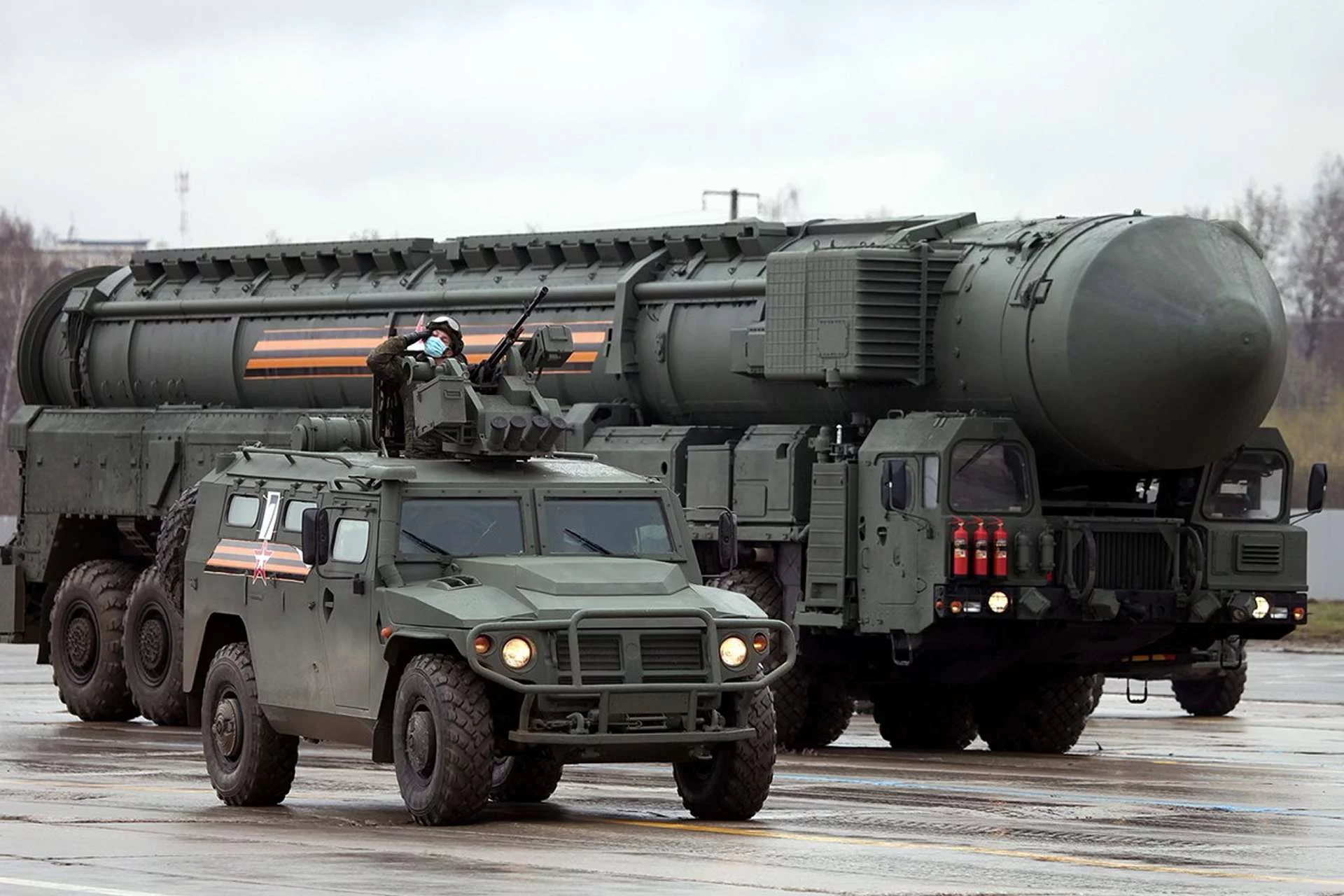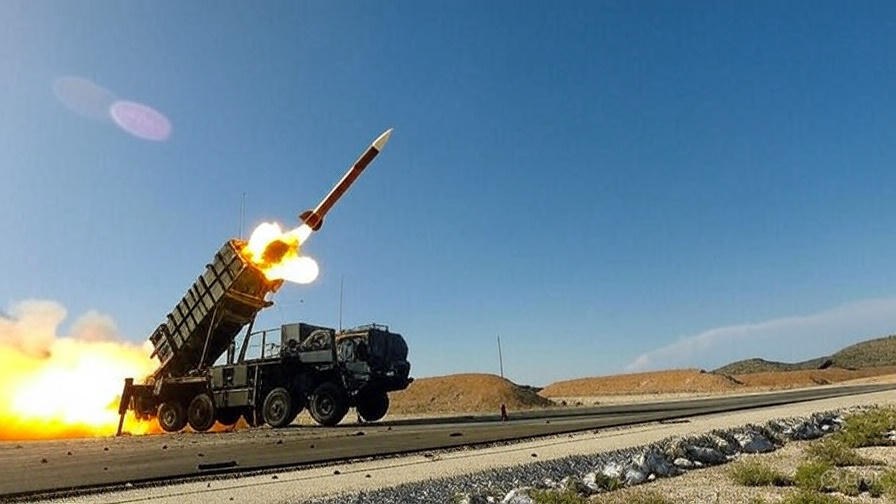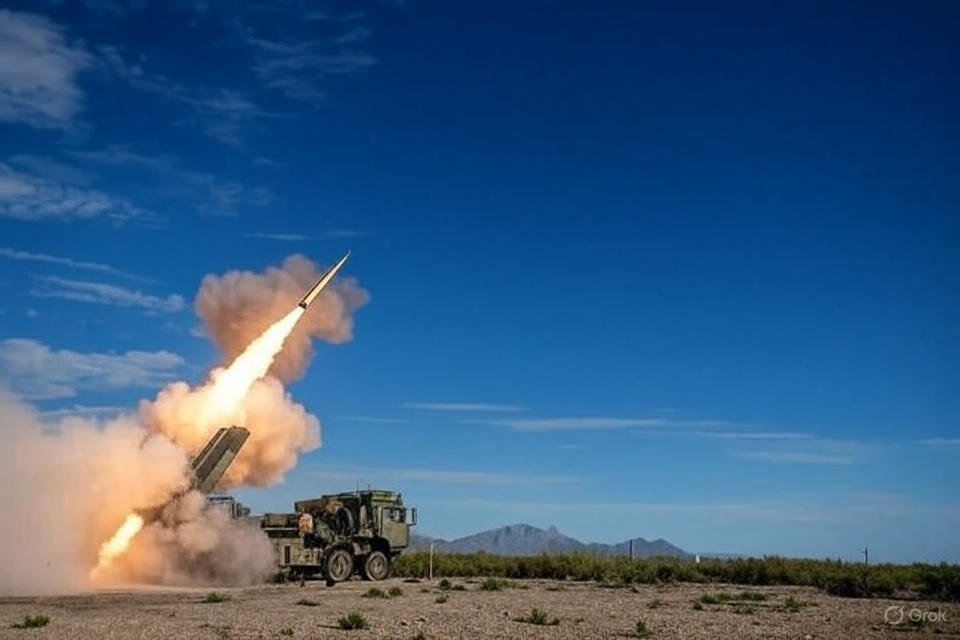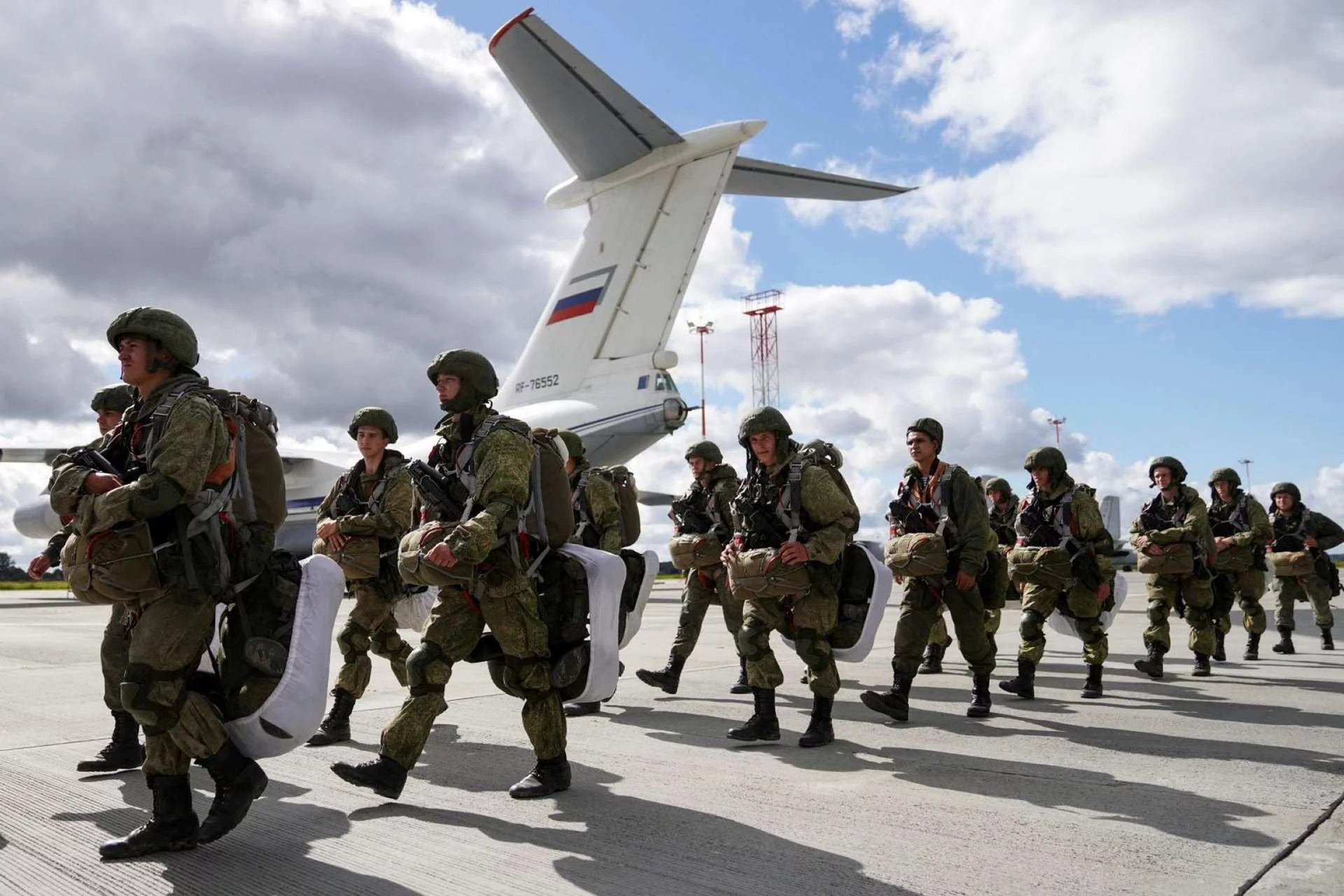In a bold and controversial move, Belarus has officially confirmed the arrival of Russia’s advanced Oreshnik hypersonic missile system on its territory. On September 25, 2025, Belarusian President Alexander Lukashenko acknowledged that the system was already en route to Belarus, marking a pivotal shift in regional military posture and reviving intense debate about the balance of power in Europe.
The deployment is framed by Minsk and Moscow as a reaffirmation of mutual defense, but NATO and Western capitals view it as a strategic escalation — a move that places hypersonic strike capabilities closer to NATO borders and amplifies the security dilemma in Eastern Europe.
The Oreshnik System: What It Is and Why It Matters
Oreshnik (sometimes transliterated as “Oreshnik” missile) is Russia’s new intermediate-range, hypersonic-capable ballistic missile, capable of carrying both conventional and nuclear warheads. Reports suggest it can reach speeds exceeding Mach 10, making it exceptionally difficult for current missile defense systems to intercept.
With an estimated effective range of up to 5,500 kilometers, this system would place virtually the entire European theater within reach from Belarus. For reference, this dramatically outpaces earlier systems such as the Iskander-M, which had a more limited tactical strike range of roughly 500 km.
Russia first tested Oreshnik in combat during November 2024 (in Ukraine), signaling its ambition to integrate this weapon into its strategic force posture.
Belarus, Russia, and the Logic of Deployment
From Minsk’s perspective, hosting Oreshnik is presented as a defensive necessity. Surrounded by NATO member states (Poland, Lithuania, Latvia) and adjacent to Ukraine, Belarus contends it faces growing pressure along its borders. By placing hypersonic capability within its territory, the Belarusian leadership argues it is bolstering deterrence and securing Moscow’s commitment to its protection.
For Russia, the deployment achieves several strategic goals:
- Extended reach: It expands Russia’s strike envelope into Europe without requiring basing deeper in Russian territory.
- Forward posture: It enhances Moscow’s ability to threaten NATO’s eastern flank and impose risk on European capitals.
- Signal of alliance: It underscores the depth of military integration under the Union State — the formal and informal structures binding Belarus and Russia.
- Psychological deterrence: The perceived invulnerability of hypersonic systems potentially undermines NATO’s confidence in missile defense.
Nonetheless, the decision is not without complexity. Even though Belarus is hosting the systems, Russia is likely to retain control over operational command and targeting decisions to ensure strategic alignment.
Strategic Challenges for NATO and Europe
This development presents serious complications for NATO’s eastern defenses:
- Reduced reaction time
Hypersonic speeds compress the decision window for missile interception. Traditional missile defense systems, even advanced ones, may find it difficult to track and neutralize Oreshnik strikes. - Ambiguity of warhead type
Because Oreshnik can carry both conventional and nuclear payloads, an incoming launch would create uncertainty about its lethal nature — complicating escalation control. - Geographic proximity
With Belarus as a launch platform, many NATO capitals, bases, and strategic assets become vulnerable to shorter-time, high-speed strikes. - Erosion of missile defense confidence
The presence of hypersonic systems near NATO borders undercuts the perceived effectiveness of NATO’s missile shield, which was designed largely to counter ballistic and cruise missile threats. - Political and moral pressure
NATO and Western governments may face intensified calls to respond — either by deploying additional missile defenses, forward bases, or adopting more aggressive deterrence postures.
Countries bordering Belarus have already voiced concern. In response, Russia and Belarus are accentuating their narrative of defensive necessity against an increasingly aggressive NATO posture.
Military Exercises: “Zapad-2025” and Nuclear Integration
The deployment is not purely rhetorical. In joint Zapad-2025 military exercises (conducted in September 2025), Belarus and Russian forces rehearsed scenarios involving tactical nuclear systems, including Oreshnik. Belarusian Defense Minister Viktor Khrenin explicitly stated that the drills would cover both nuclear weapons and Oreshnik operations.
These exercises demonstrate how deeply intertwined Belarus has become in Russia’s strategic doctrine, indicating the country is no longer just a host but an active component of Russia’s deterrent posture.
Geopolitical & Doctrinal Implications
The deployment of Oreshnik in Belarus signals deeper shifts beyond mere missile placement:
- Nuclear doctrine evolution
Russia has revised its doctrine to encompass Belarus under its nuclear “umbrella,” lowering the threshold for nuclear weapons use in defense of either Russia or Belarus. - Strategic ambiguity
The question of who controls the weapons, when they could be used, and how escalation is managed becomes murkier — increasing risk in crisis situations. - Arms race escalation risk
Western powers and NATO may feel compelled to respond with more advanced missile defenses, forward bases, or increased military spending, potentially triggering reciprocal escalation. - Pressure on arms control frameworks
The deployment challenges any existing arms control or restraint regime in Europe, raising doubts about future negotiations or treaties. - Local dynamics
Belarus strengthens its value to Moscow, possibly deepening its dependency and reducing its flexibility in foreign policy.
Potential Scenarios & Risks
- Misinterpretation or miscalculation
In a crisis, a high-speed launch could be mistaken for a second-strike or preemptive strike, risking inadvertent escalation. - Provocations or demonstrations
Russia could use occasional test flights or exercises to pressure NATO states, test responses, or deter further NATO expansion. - Countermeasures acceleration
NATO responses might include development of new interceptors, directed energy weapons, hypersonic interceptors, or more aggressive forward deployments. - Regional destabilization
Countries like Poland, Lithuania, and Latvia may further militarize their borders, increase air-defense footprints, and demand greater NATO support. - Diplomatic backlash
Western alliances may push for stronger sanctions, diplomatic isolation, or even counterdeployments to neighboring states.
Conclusion: A Turning Point?
The installation of Russia’s Oreshnik hypersonic system in Belarus marks not just a shift in hardware but a recalibration of strategy, deterrence, and alliance relationships in Europe. It transforms Belarus into a forward base for modern strike systems, complicates NATO defense dynamics, and adds uncertainty to any potential conflict escalation.
Whether this deployment will ultimately deter aggression or provoke further tension depends on how Russia, Belarus, NATO, and nearby states adapt their military posture, command control doctrines, and diplomatic responses in the months to come.




